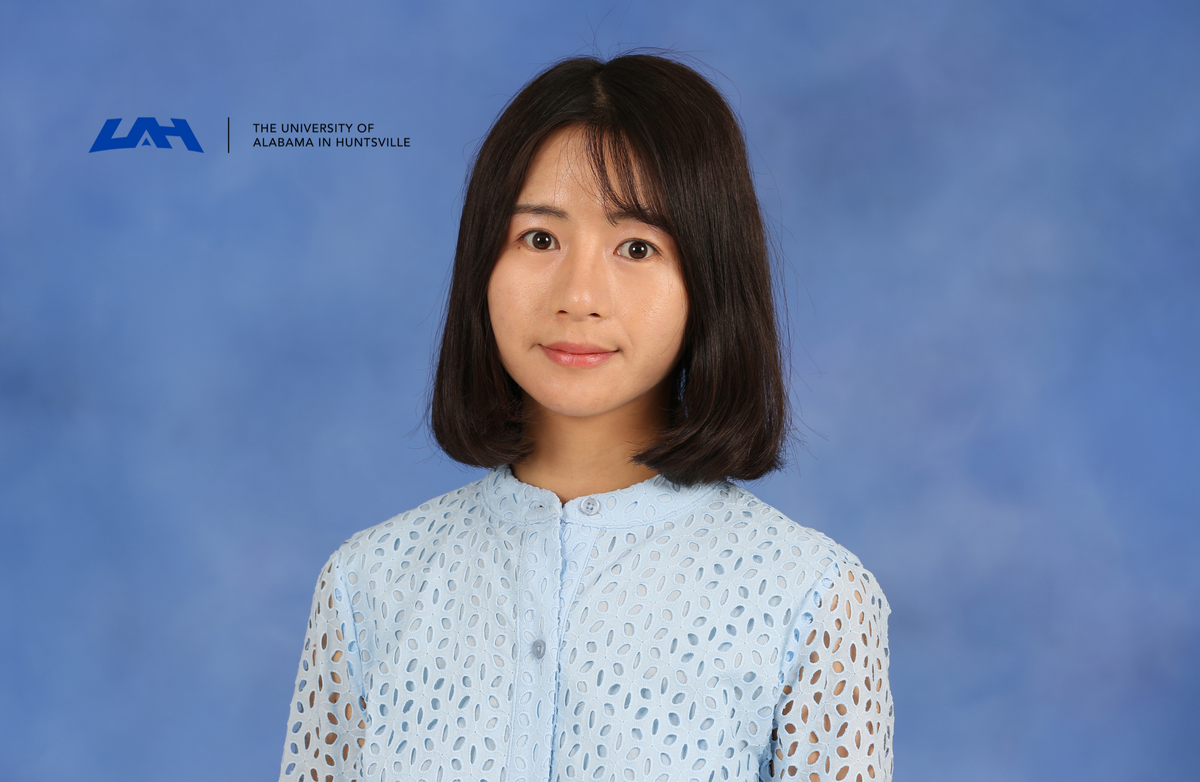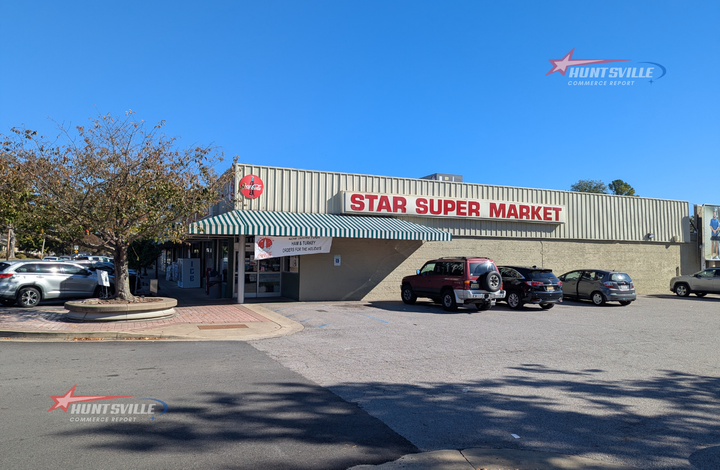UAH Scientist Awarded $681K NSF Grant to Study Solar Wind Turbulence and Shockwave Interactions

HUNTSVILLE, Ala. (July 24, 2025) – Dr. Lingling Zhao, an assistant professor at The University of Alabama in Huntsville’s Center for Space Plasma and Aeronomic Research (CSPAR), has received a prestigious $681,356 National Science Foundation (NSF) Faculty Early Career Development (CAREER) award. This five-year grant, extending through June 2030, will fund groundbreaking research into the interplay between low-frequency magnetohydrodynamic (MHD) turbulence and shockwaves within the heliosphere—the expansive, sun-driven plasma bubble encompassing our solar system.
Understanding how linear waves interact with shocks is pivotal not only for advancing heliophysics and astrophysics but also for practical applications like inertial confinement fusion (ICF). ICF is a promising avenue for developing sustainable, near-limitless energy. Dr. Zhao’s research, recently highlighted in a paper published in the Proceedings of the National Academy of Sciences (PNAS), bridges theoretical models with real-world spacecraft observations to unravel these complex interactions.
“Dr. Zhao’s CAREER Award is fitting recognition of her outstanding abilities and the work in this and related topics that she has completed,” says Dr. Gary Zank, director of CSPAR and the Aerospace Rocketdyne endowed chair of UAH’s Department of Space Science. “There is no doubt that Lingling is rapidly becoming one of the outstanding space physicists in the U.S. today and is quite unique in her ability to combine cutting-edge theory and observations. Her recent paper published in one of the most prestigious journals, PNAS, illustrates this beautifully in its presentation of both the theory and observations of shock-turbulence interactions.”
The Role of Shocks and Turbulence in the Heliosphere
Shockwaves in the heliosphere are sudden transitions in the solar wind, often triggered when supersonic flows collide with obstacles like coronal mass ejections or planetary bodies. These shocks, prevalent in both space and laboratory plasmas, play a critical role in space weather and particle acceleration, influencing phenomena from supernova explosions to fusion experiments.
Turbulent fluctuations, characterized by chaotic motions and magnetic field variations in the solar wind, are equally vital. They drive plasma heating and energy transport, shaping the heliosphere’s dynamic environment. Dr. Zhao’s research focuses on how these turbulent fluctuations interact with structured shocks, a process that impacts solar wind dynamics and space weather forecasting.
“I was drawn to this topic because it lies at the intersection of theory and observation—two aspects of space plasma physics I find deeply complementary,” Zhao explains. “While analyzing spacecraft data, I became fascinated by how structured shocks and turbulent fluctuations coexist and influence each other in the heliosphere. I realized that linear MHD wave theory offers a tractable way to model turbulence and provides clear, testable predictions. The opportunity to validate those predictions using real shock-crossing events from spacecraft data was especially motivating.”
Decoding Plasma Physics with Linear MHD Wave Theory
Linear MHD wave theory simplifies the study of plasmas—ionized gases that dominate space environments—by modeling small disturbances as waves. This method enables researchers to predict and analyze wave behavior with precision. Dr. Zhao’s work investigates how upstream MHD wave modes are transmitted or reflected at shocks, affecting their structure and the evolution of turbulence in the solar wind.
“Specifically, we’re investigating how upstream MHD wave modes are transmitted or reflected at the shock,” Zhao explains. “This interaction affects the shock structure and evolution of turbulence in the solar wind, which in turn influences key processes such as solar wind heating and energetic particle acceleration. This project bridges a critical gap in heliospheric plasma physics by linking wave-shock interaction theory with direct spacecraft observations, which can ultimately improve our ability to model solar wind dynamics.”
Broader Impacts and Future Applications
This research not only deepens our understanding of fundamental plasma physics but also has practical implications for space weather prediction, critical for protecting satellites and planning future space missions. By integrating theoretical models with spacecraft data, Dr. Zhao’s work enhances our ability to forecast heliospheric conditions. The project also fosters interdisciplinary collaboration and provides hands-on research opportunities for students, nurturing the next generation of space scientists.
“It has been very satisfying to witness Dr. Zhao’s progression from postdoc to an outstanding faculty member in the Department of Space Science and the Center for Space Plasma and Aeronomic Research,” Zank says. “Her hiring as a faculty member was accomplished under the umbrella of an NSF EPSCoR Track-1 grant on which I was the Principal Investigator, a $20 million, five-year award to UAH.”
Dr. Zhao’s innovative approach, combining cutting-edge theory with observational data, positions her as a leader in heliospheric research. Her work promises to advance our understanding of the sun’s influence on the solar system and pave the way for breakthroughs in clean energy and space exploration.
This story was written with the help of UAH staff, all quotes and information was provided by the University of Alabama in Huntsville.



